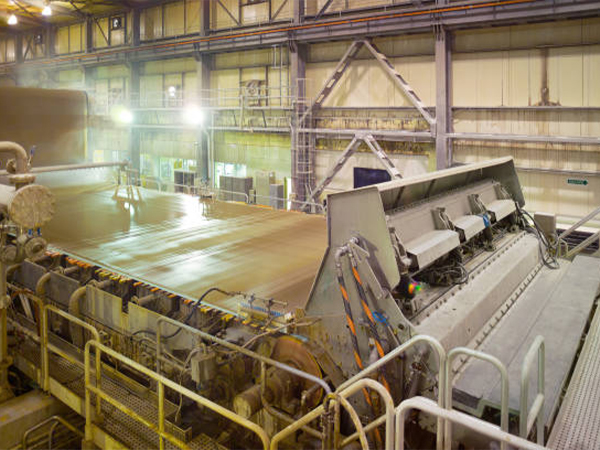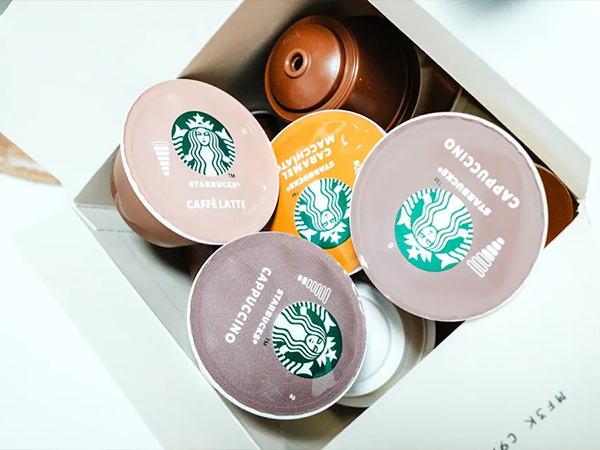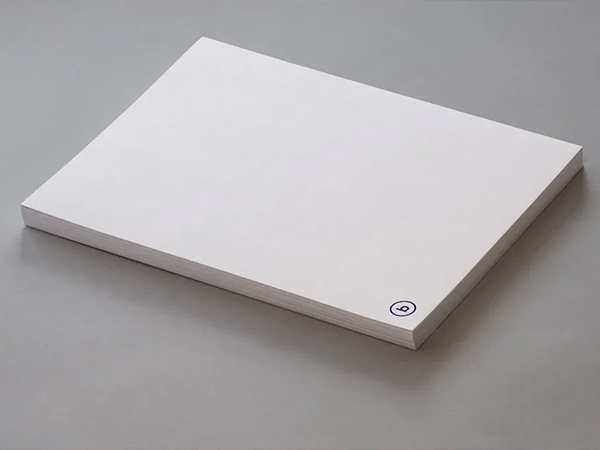Introduction
The strength of paper is primarily influenced by two raw material factors: fiber length and fiber bonding. Once the raw material is fixed, the bonding force between fibers becomes the key determinant. This article provides a brief analysis of the factors affecting fiber bonding—primarily from the perspective of the fiber itself, though paper machine operations also play a role.
1. Pulping and Fiber Bonding
The pulping process—especially the degree of fiber fibrillation and brooming—greatly impacts fiber bonding. These characteristics affect both the surface area of fibers and the number of hydrogen bonds that can form.
Fiber bonding is influenced by:
- Chemical composition (cellulose, hemicellulose, lignin)
- Physical structure and fiber arrangement
2. Influence of Pulp Type
Different types of pulp vary in physical structure and chemical composition. Generally:
- Chemical wood pulp has the strongest fiber bonding.
- Cotton pulp follows.
- Mechanical wood pulp has the weakest bonding.
3. Effect of Hemicellulose
- Hemicellulose is hydrophilic and absorbs water easily during pulping.
- It increases fiber swelling, surface area, and bonding.
- However, too much hemicellulose can result in brittle and transparent paper with lower strength, due to over-swelling and shorter fibers.
4. Effect of Cellulose
- Cellulose has a long molecular chain and high polymerization, making the fiber itself strong.
- During pulping, cellulose is less prone to breaking and can form sufficient fibrils for strong fiber bonding.
5. Effect of Lignin
- Lignin resides in the outer layers of the fiber wall and is highly hydrophobic.
- High lignin content hinders fiber swelling and fibrillation, leading to weaker bonding.
6. Effect of Paper Additives
- Hydrophilic additives (starch, protein, vegetable gum):
Improve bonding by forming hydrogen bonds with fibers due to polar hydroxyl groups. - Hydrophobic additives (fillers, alum):
Reduce fiber bonding by increasing fiber separation and reducing contact area.






